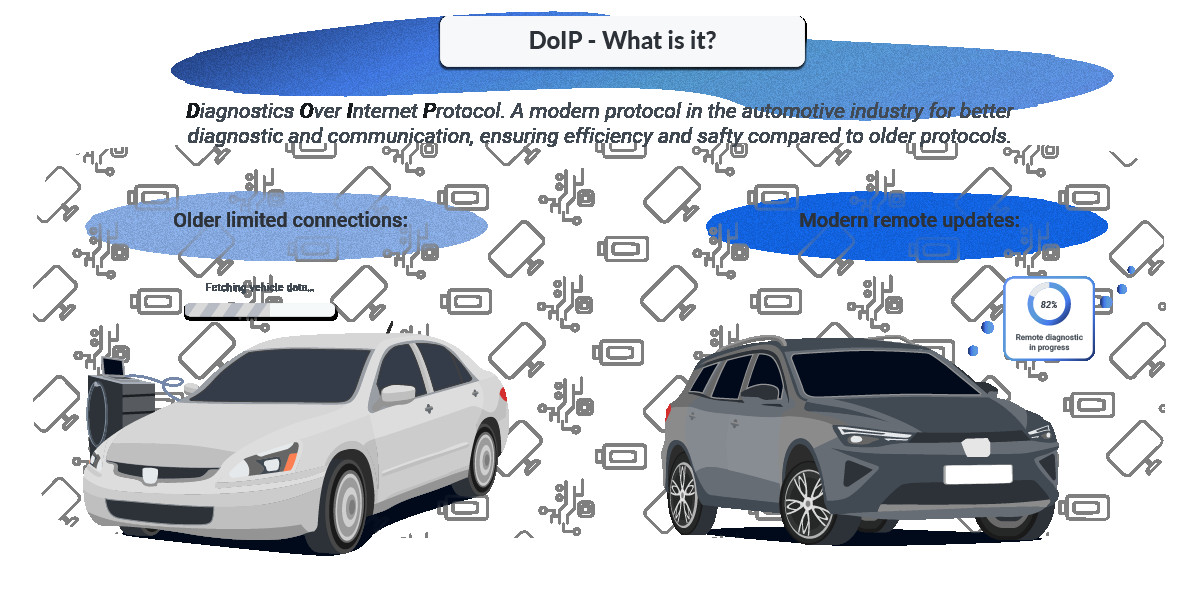What is SCN Coding? Understanding its Importance in Modern Automotive Repair
The automotive industry has seen tremendous advancements in technology, and modern vehicles are now equipped with numerous Electronic Control Units (ECUs) managing everything from engine performance to infotainment systems. This complexity brings about a critical need for efficient and accurate configuration processes, especially when replacing or updating these ECUs. This is where SCN coding comes into play. But what is SCN coding and why is it so vital in today’s car repair landscape?
SCN coding, or Software Calibration Number coding, is essentially a standardized procedure developed by Mercedes-Benz, and now adopted across many manufacturers, to ensure the correct software configuration is loaded into a vehicle’s ECU after replacement or reprogramming. Imagine the intricate web of software interactions within a modern car; each ECU relies on specific settings and parameters to communicate and function correctly with other systems. Manually configuring these settings for every ECU change would be incredibly time-consuming, prone to errors, and frankly, unmanageable given the sheer number of configuration items in modern vehicles.
Without SCN coding, the risks of misconfiguration are substantial. Consider a scenario where a technician has to manually input codes for an airbag controller after replacement. Could you be absolutely certain that all airbags would deploy correctly in an accident if even a single option was set incorrectly? The potential for errors in manual configuration not only increases repair time and costs due to rework but, more critically, raises serious safety concerns. Modern cars are far more complex than laptops; malfunctions can have fatal consequences.
SCN coding mitigates these risks by automating the configuration process. When an ECU is replaced, diagnostic equipment is used to communicate with the manufacturer’s central server. This server, using the vehicle’s identification number, provides the correct and up-to-date software calibration data for the specific ECU being replaced. This ensures that the new component is configured precisely to the vehicle’s specifications and is compatible with all other systems. This process is not just about convenience; it’s about ensuring reliability, safety, and the intended performance of the vehicle after repair.
Furthermore, the increasing need for software updates in vehicles makes SCN coding even more relevant. Just like your smartphone or computer, car ECUs require firmware updates to improve performance, fix bugs, and ensure compatibility. For instance, updating the COMAND unit in a Mercedes-Benz might necessitate updates to other components in the MOST (Media Oriented Systems Transport) network to maintain reliable operation. SCN coding facilitates this process, ensuring all related ECUs receive compatible software versions, maintaining system-wide harmony.
The initial investment in modern diagnostic equipment capable of SCN coding, along with potential subscription fees, is sometimes perceived as a barrier for smaller independent garages. However, for workshops aiming to service modern vehicles competently, this equipment is not just affordable; it’s indispensable. The cost of not having SCN coding capabilities—in terms of potential misconfigurations, increased repair times, and the inability to work on newer vehicles—far outweighs the investment in the necessary tools. Regulatory bodies, like the EU competition commissioner, have recognized the importance of accessible diagnostic equipment at reasonable prices, ensuring fair access for independent garages.
In conclusion, SCN coding is not merely a convenient feature; it is a fundamental necessity in modern automotive repair. It streamlines ECU configuration, minimizes the risk of errors, enhances safety, and ensures the reliability of increasingly complex vehicle systems. For any garage serious about working on contemporary vehicles and providing quality service, understanding and utilizing SCN coding is no longer optional – it’s essential.



